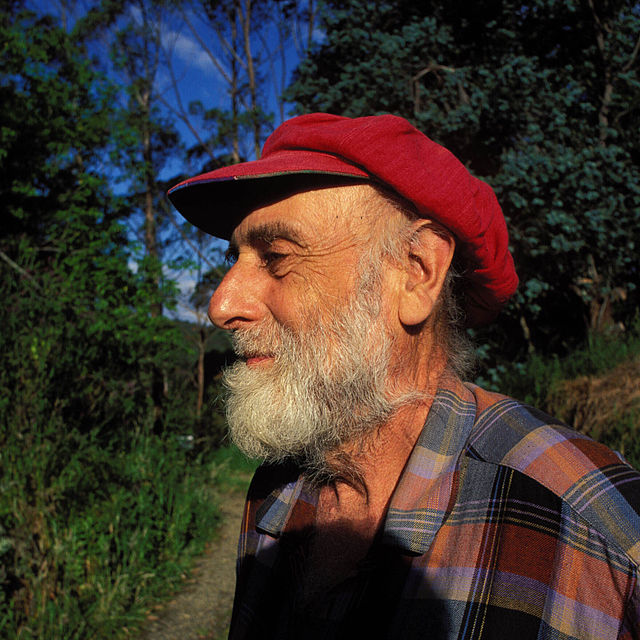Category: Personalities
-
Galileo Galilei Facts for Kids | Father of Modern Physics
Galileo Galilei was a famous physicist, astronomer, mathematician and philosopher of Italy. During 14th and 17th centuries, he made some revolutionary discoveries in the field of physics and astronomy. Due to his remarkable achievements, Galileo is rightly regarded as the father of observational astronomy. In the field of astronomy, he discovered the four largest satellites of Jupiter;…
Written by
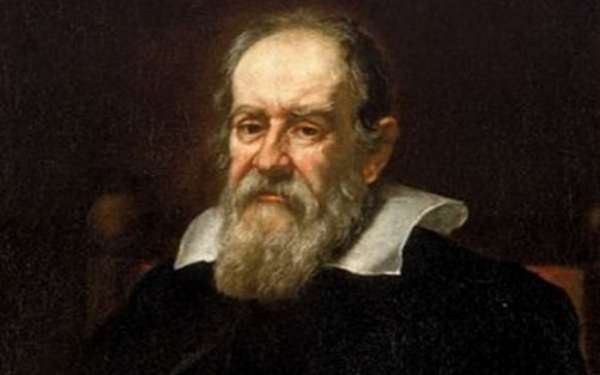
-
Michael Jordan Facts for Kids | Greatest Athlete of 20th Century
Michael Jordan is a former American basketball player as well as a businessman. As a chairman of basketball team, he owns Charlotte Hornets. He played 15 seasons for Washington Wizards and Chicago Bulls in NBA. In 1984, he was enrolled in the team of Chicago Bulls and soon after became a league star. He was…
Written by
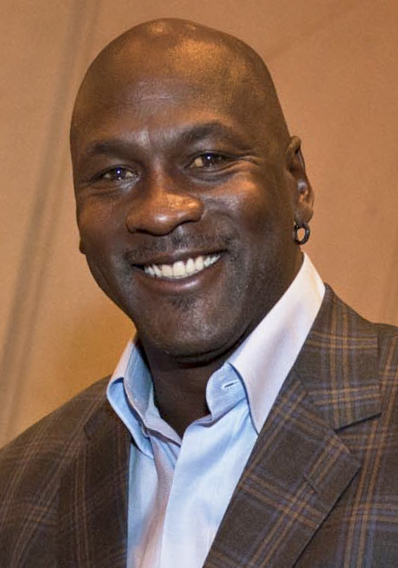
-
Helen Keller Facts for Kids | American Author and Lecturer
Helen Keller was an American author, speaker and political activist. She earned the B.A. (Bachelor of Arts) degree and was the first deafblind individual to earn it. Though she could not hear or see anything, but with time she learned to communicate thanks to the fantastic works of her teacher as well as her companion,…
Written by
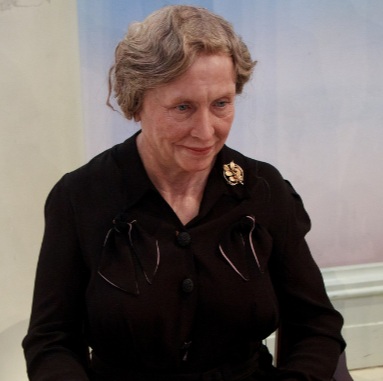
-
Elvis Presley Facts for Kids | The King of Rock and Roll
Elvis Presley was an American actor and musician. In the 20th century, he was by far the most important cultural icon who transformed the American culture and music in the 1950s. Scotty Moore was Presley’s guitarist and Bill Black his bassist and together they set the tone for rockabilly. In 1954, he started his music…
Written by
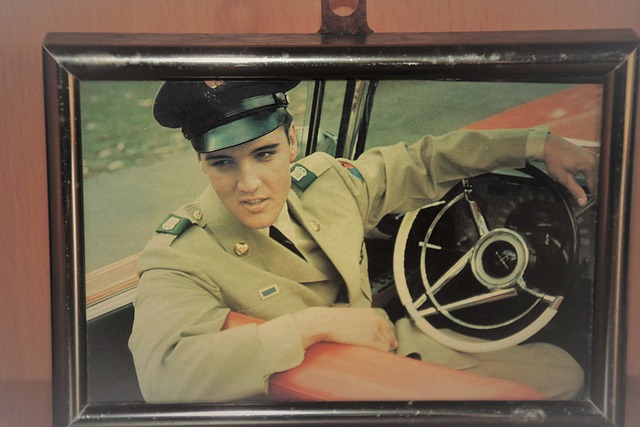
-
Bill Gates Facts for Kids | Richest Man on Earth
Bill Gates is an American entrepreneur, investor and computer programmer. Established in 1975, he is a pioneer of Microsoft Company. Microsoft became the largest software company in the world which is used in PC. Paul Allen was also one of the founders of this software. Bill served as the chairman and CEO of this company.…
Written by
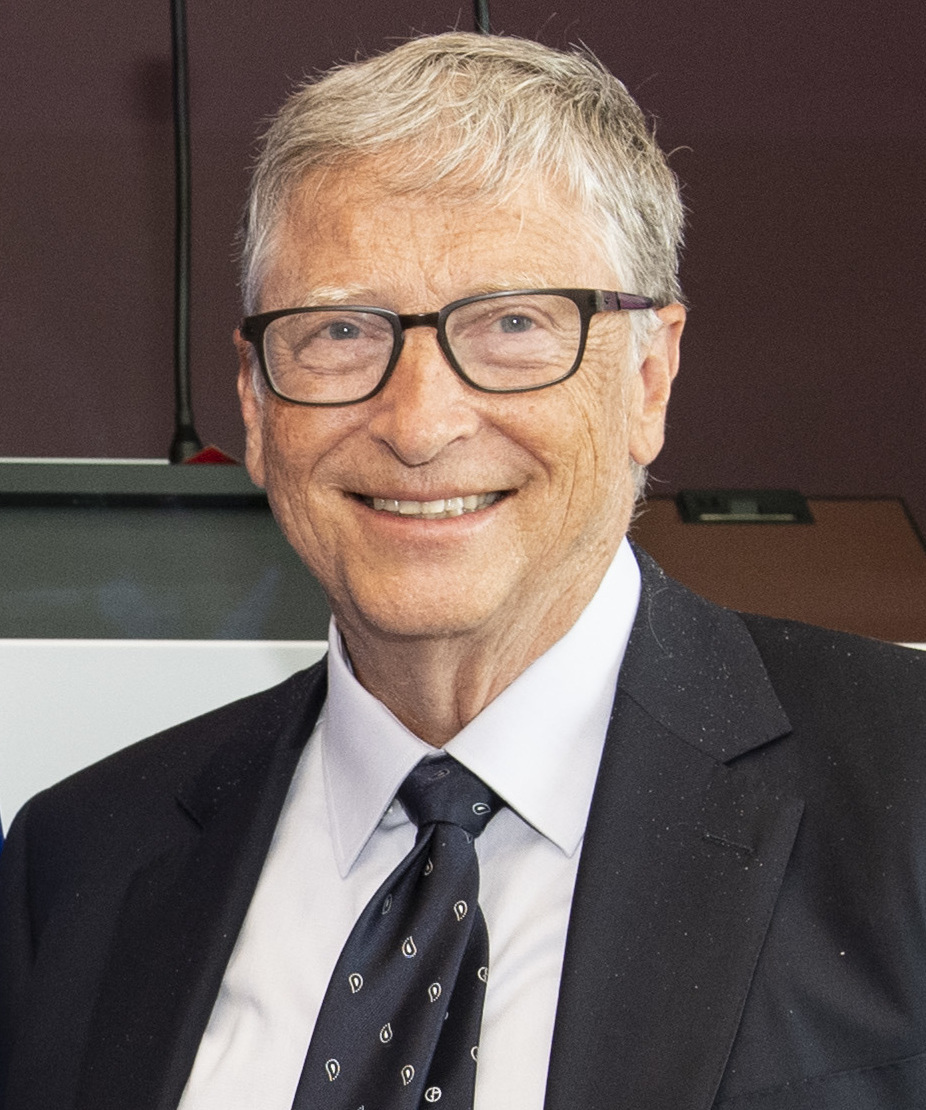
-
Louis Pasteur Facts for Kids | Father of Microbiology
Louis Pasteur was a French microbiologist and chemist. He is known for his extraordinary works on pasteurization, vaccination and microbial fermentation. He investigated the causes as well as prevention of many diseases and thus his methods saved millions of lives around the world until today. He was the first scientist to develop vaccinations for anthrax…
Written by
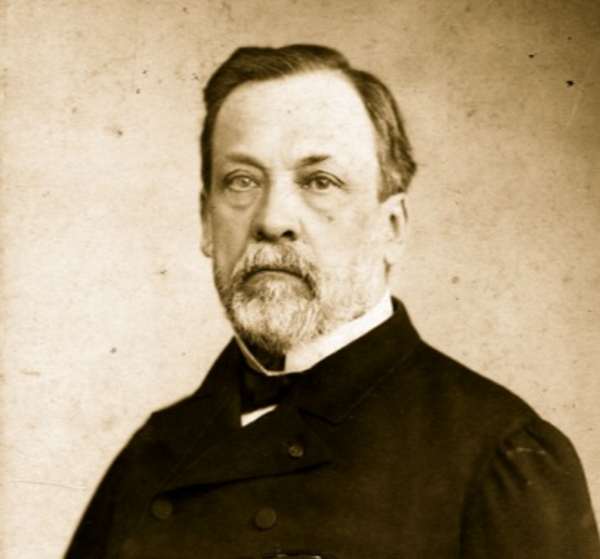
-
Alexander Fleming Facts for Kids | Founder of Antibiotics
Alexander Fleming was a Scottish biologist and botanist. He is famous for his remarkable discoveries of lysozyme (which is an enzyme) and antibiotic (Penicillin G). In recognition of his services in the field of medicine, he was awarded Nobel Prize in Physiology along with Ernst Boris Chain and Howard Florey. He did a lot of…
Written by
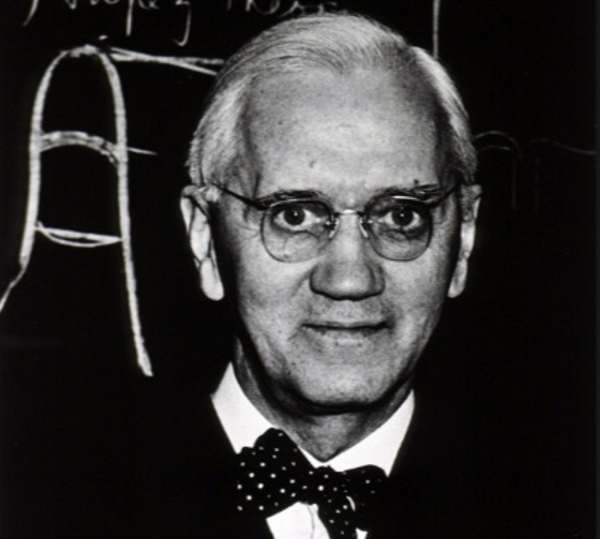
-
Mona Lisa Facts For Kids | The Most Popular Painting
The Mona Lisa is the most popular painting of Leonardo da Vinci. It is not only famous in the circle of modern-day painters but also every artist of today knows it all too well. Some say that it is the portrait of Lisa Gherardini who is thought to be the wife of Francesco del Giocondo.…
Written by
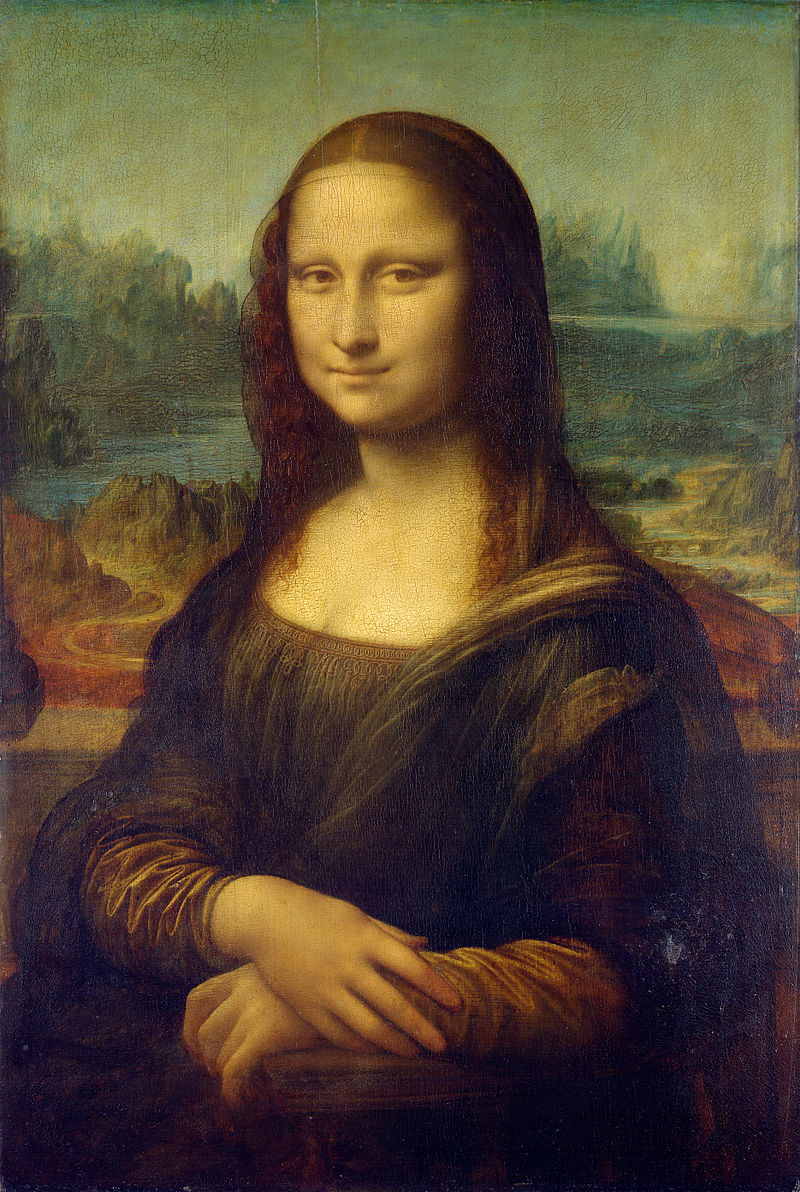
-
Pablo Picasso Facts For Kids | Early Life, Career, Achievements
Pablo Picasso has long been admired for his remarkable contribution in Art which later becomes the foundation of Modern Art. The Spanish born had been the most colorful painter in the 20th century. Prominent among his works include painting, sculpture, stage design, drawing, ceramics, and writing. The painter dies but the painting doesn’t if it…
Written by
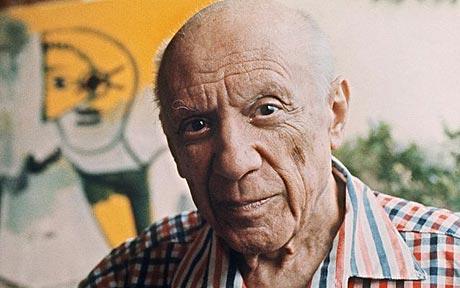
-
Walt Disney Facts For Kids | Co-founder of Mickey Mouse
An American icon of the 20th century, indeed the only person that visibly stands out in the field of entertainment is Walt Disney. He was a cartoonist, animator as well as a producer of motion-picture film. He was an industrialist and set up the second biggest revenue-generating broadcasting company of the world along with his brother…
Written by
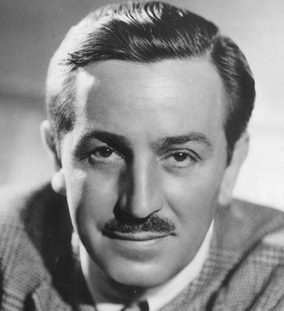
-
Cleopatra Facts For Kids | Last Pharaoh Of Egypt
When Alexander the Great died in 323 BC, Ptolemy I Soter established a dynasty in 305 BC named Ptolemaic Kingdom in Egypt. He became Pharaoh of Egypt and set up this kingdom which is also known as Hellenistic Kingdom. The period that followed after Alexander’s death and continued until the death of Cleopatra is known…
Written by
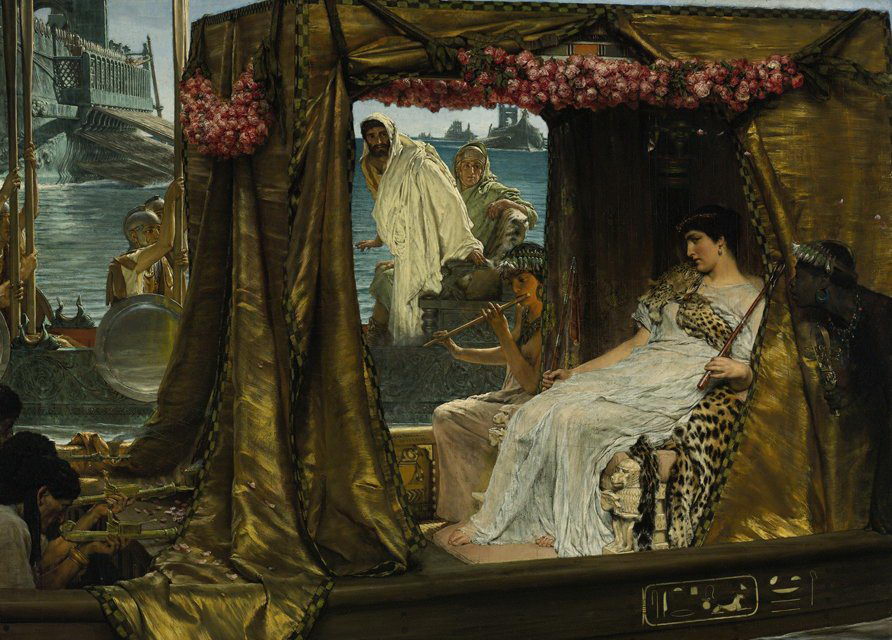
-
Thomas Jefferson Facts For Kids | Third US President
Thomas Jefferson was the third President of United States of America. What’s more, he was among the Founding Fathers of USA when in 1776, thirteen American Colonies declared independence from British and became autonomous nation under the name of United States of America. He was the champion of democracy and personal freedom of every individual.…
Written by
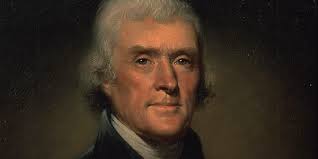
-
Albert Einstein Facts For Kids | Famous Physicist
Albert Einstein was one of the finest and most prominent physicists of the 20th century. He was not a bright student from his schooldays but he always excelled in mathematics, physics and Latin. He was also fed up with routine school classes and their old-fashioned style of teaching methods. For most of the time, he…
Written by
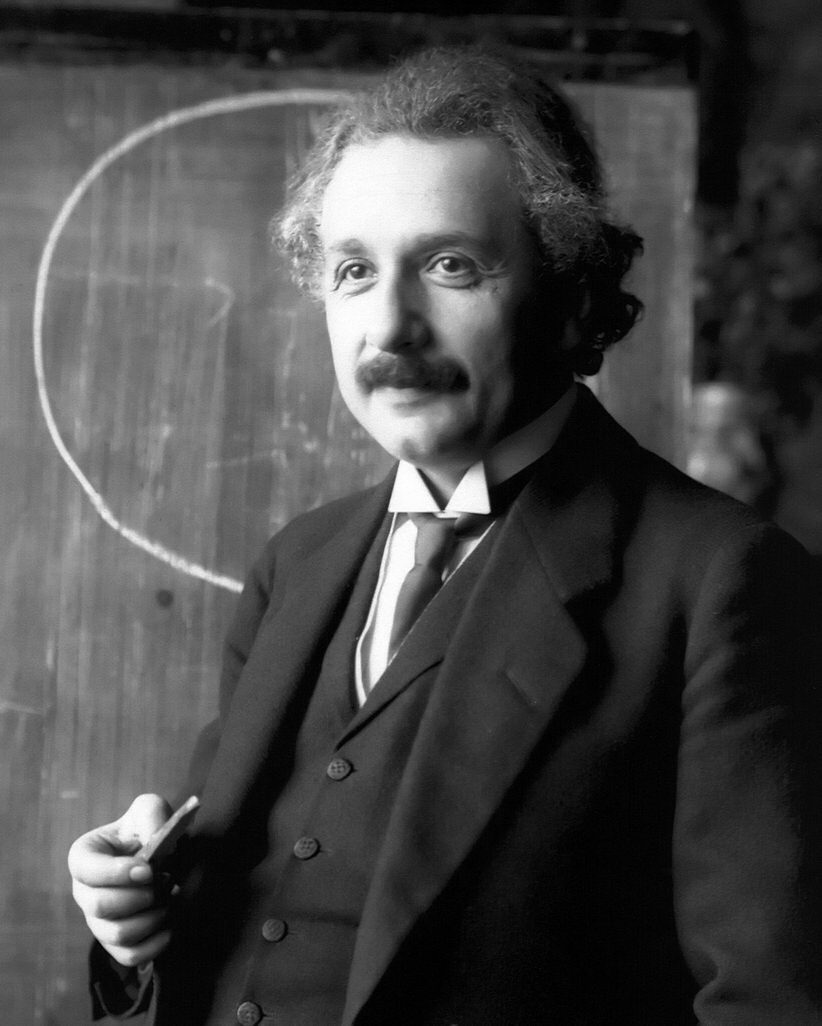
-
Leonardo Da Vinci Facts For Kids | World’s Greatest Painter
Leonardo da Vinci was an extremely versatile personality of Italian Renaissance period. He was an expert in many disciplines. He was a builder, an artist, geologist, anatomist, an author, innovator, sculptor and many more. He is by far one of the finest artists the world has ever seen. In his name, the word ‘da vinci’…
Written by
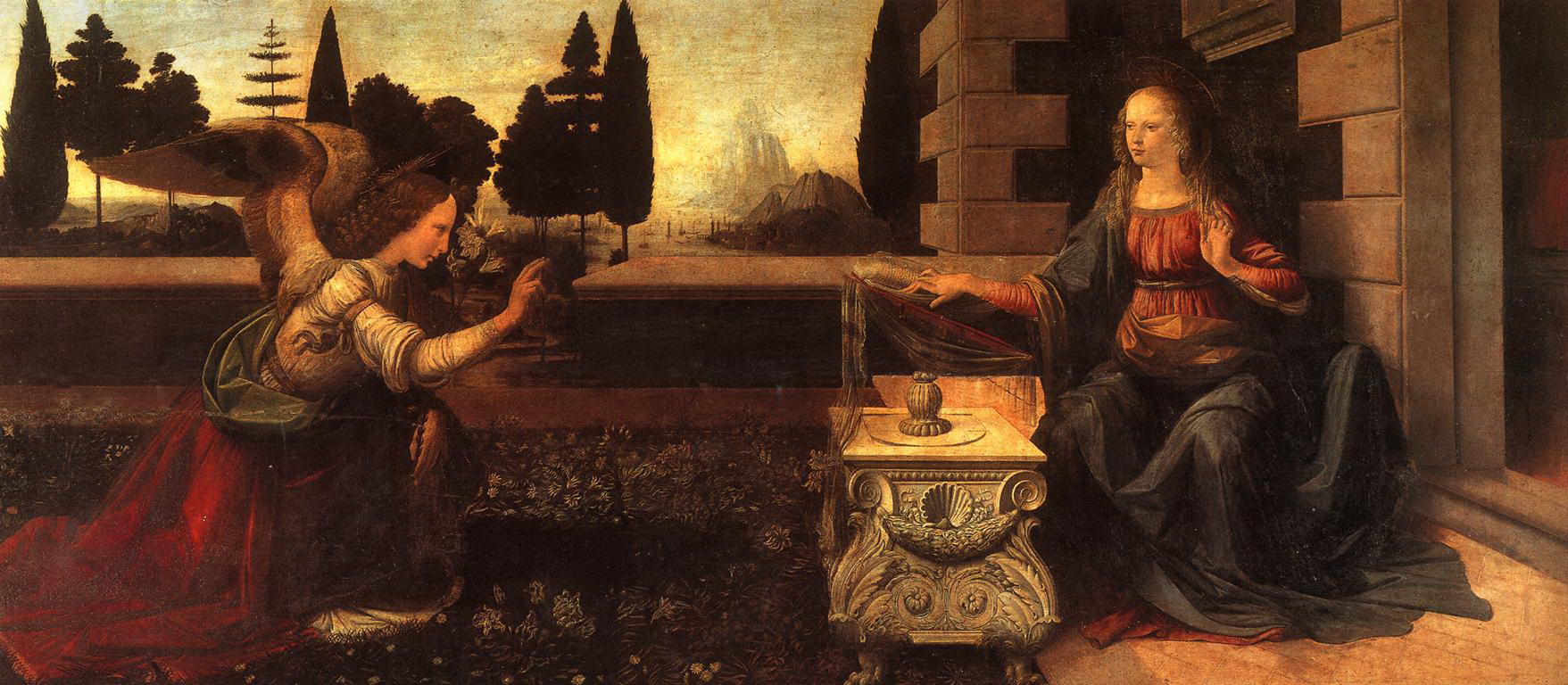
-
Alexander Graham Bell Facts For Kids | Inventor Of Telephone
Bell was one of the finest engineers and scientists of the late 19th century. Though we all know him by the invention of practical telephone, but the fact is that he invented many more devices in the fields of aeronautics and optical telecommunication. He was a diversely talented individual who showed his skills from childhood…
Written by
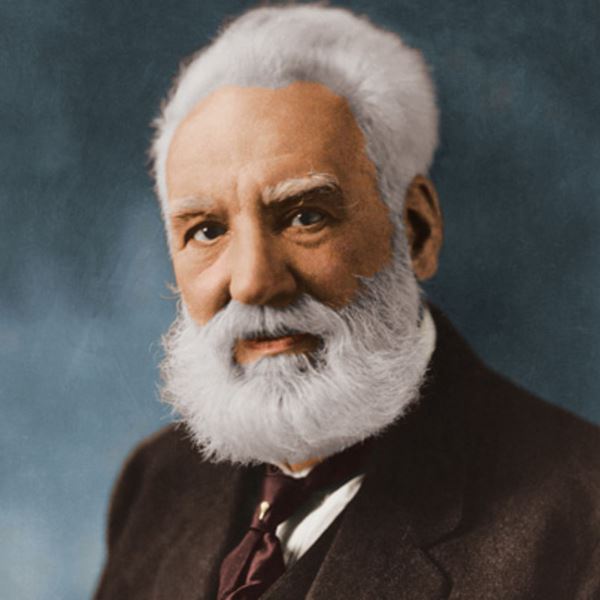
-
Thomas Edison Facts For Kids | The Wizard of Menlo Park
Stock ticker is among one of his very first creations that is associated with telegraphy. Thomas Edison was an American businessman but he created quite a number of useful devices like movie camera and a practically working light bulb. He also made a power station in New York to supply electricity to business centers and…
Written by
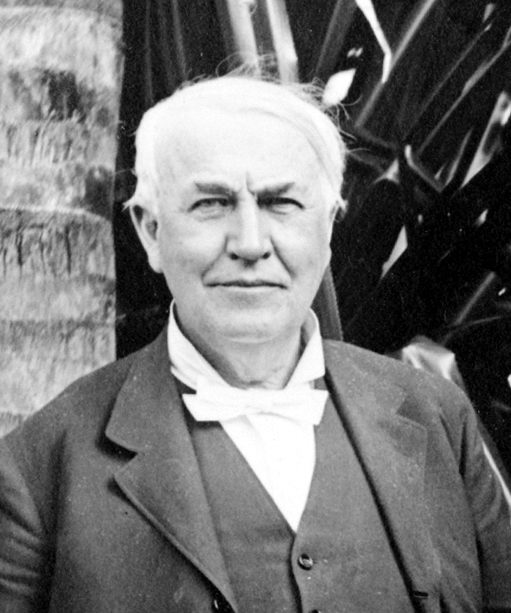
-
Winston Churchill Facts For Kids | The Prime Minister Of UK
Winston Churchill became twice the Prime Minister of UK. He was a politician as well as an author. His first term of office begins in May 10, 1940 and ends on July 26, 1945. His second term of office begins in October 26, 1951 and ends on April 6, 1955. He was also one of the…
Written by
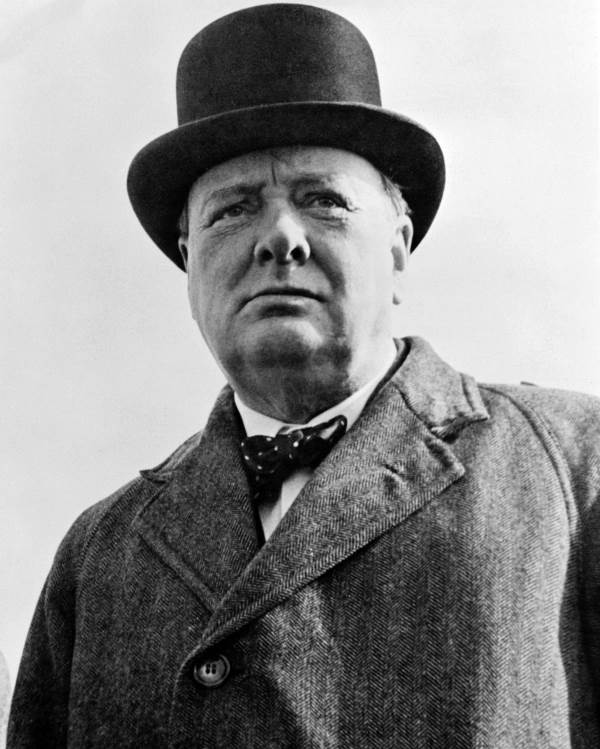
-
Mother Teresa Facts For Kids | A Roman Catholic Missionary
Born in Albania, Mother Teresa lead major portion of her life in India but her services for the poor are spread all over the world. She received many prizes and awards as recognition for her charity institutions and services for humanity. She was also given much deserved Nobel Peace Prize in 1979. Now let’s discover…
Written by
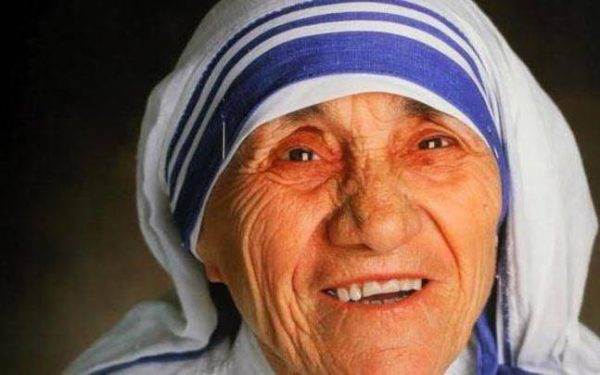
-
Michael Morpurgo Facts For Kids | A British Author
Michael Morpurgo is a British writer, playwright and poet. His greatest contribution however lies in writing novels for children. The very first job for which Morpurgo signed up was a teacher in a primary school but very soon he realized that his real talent lies in writing stories for kids. So now let’s explore more…
Written by
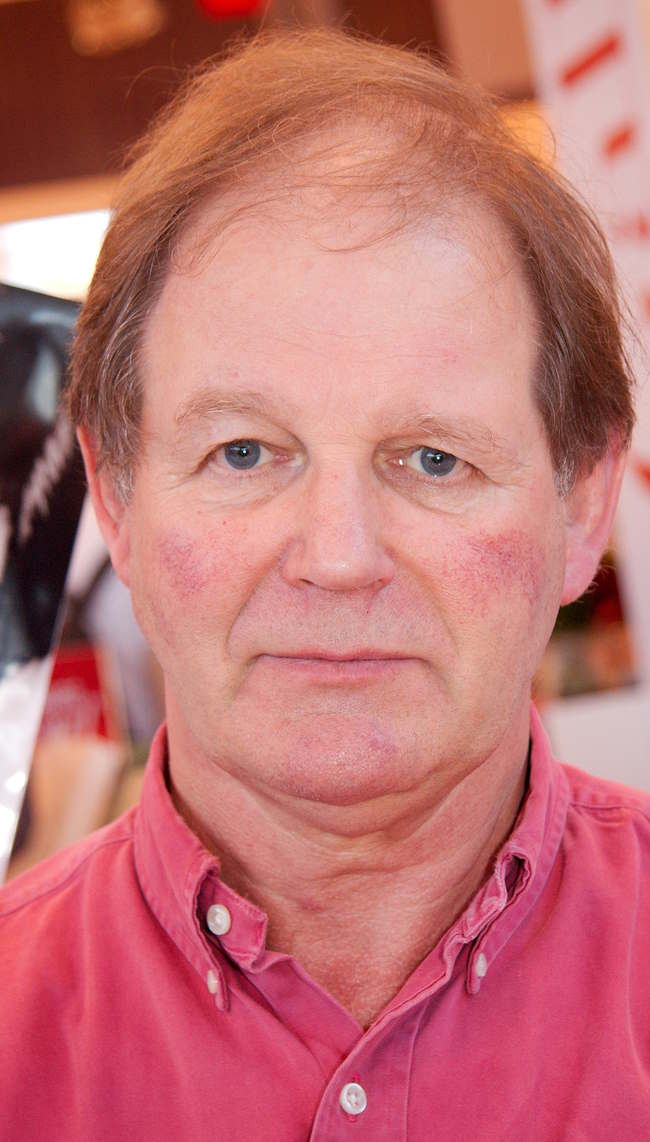
-
Hundertwasser Facts For Kids | The Popular Artist Of Austria
He was an extraordinary artist of his time. He was born in the capital of Austria called Vienna. He is by far one of the most famous artists of Austria during the 20th century. Later on, he also developed interest in architecture and designing various postage stamps and coins. Maybe he is not among the…
Written by
